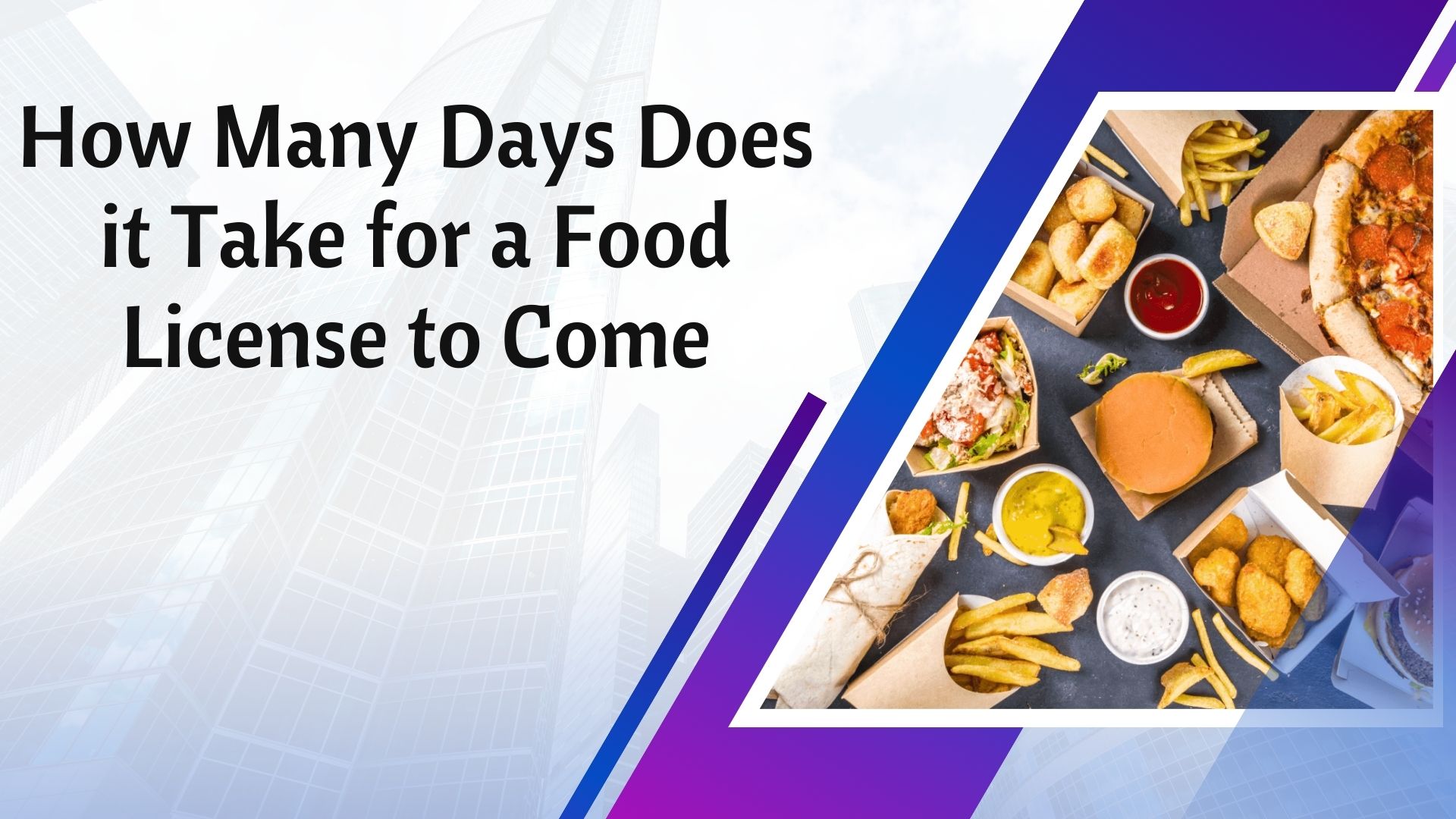Applying for FSSAI (Food Safety and Standards Authority of
India) registration is a crucial step for anyone involved in the food business
in India. FSSAI registration ensures that food products meet the safety and
quality standards set by the regulatory authority. Here's a step-by-step guide
on how to apply for FSSAI registration:
1. Determine the Type
of Registration Required:
FSSAI offers three types of registrations based on the size
and nature of the food business:
- Basic
Registration: For small-scale food businesses with an annual turnover of up
to ?12 lakh.
- State
License: For mid-sized food businesses with an annual turnover of more than
?12 lakh and up to ?20 crore.
- Central
License: For large-scale food businesses with an annual turnover exceeding
?20 crore, or those involved in import/export of food products.
2. Check Eligibility:
Ensure that your food business meets the eligibility
criteria for the type of registration you are applying for. Each category has
specific requirements regarding turnover, production capacity, and the nature
of the business.
3. Gather Required
Documents:
Collect all the
necessary documents required for the registration process. These typically
include:
- Identity and address proof of the
proprietor/partners/directors.
- Proof of possession of premises (rent agreement,
utility bill, etc.)
- List of food products to be
manufactured/processed.
- Food safety management plan (for State and
Central licenses).
- NOC from the local municipal authority (for
manufacturing units).
4. Visit the FSSAI
Website:
Access the official FSSAI website
(https://www.fssai.gov.in/) and navigate to the registration section.
5. Fill Online
Application Form:
Fill out the online application form with accurate details
regarding your food business. Make sure to double-check all information before
submission.
6. Upload Documents:
Scan and upload all the required documents as per the
instructions provided in the application form. Ensure that the documents are
clear and legible.
7. Payment of Fees:
Pay the applicable registration fees online through the
designated payment gateway. The fee varies depending on the type of
registration and the duration of the license.
8. Submission of
Application:
After completing the application form and uploading the
necessary documents, submit the application online.
9. Application
Review:
FSSAI authorities will review your application and documents
submitted. If any discrepancies are found, you may be asked to provide
additional information or rectify errors.
10. Issuance of
Registration Certificate:
Once the application is approved and all requirements are
met, FSSAI will issue the registration certificate electronically. This
certificate serves as proof of compliance with food safety standards and is
valid for the specified duration.
11. Display of
License:
Display the FSSAI registration/license prominently at your
food business premises as per the regulations.
12. Renewal of
Registration:
Ensure timely renewal of the FSSAI registration before the
expiry date to avoid any disruptions in business operations.
By following these steps diligently and ensuring compliance
with FSSAI regulations, you can successfully apply for FSSAI registration and
operate your food business legally while maintaining food safety and quality
standards.
How Many Days Does it
Take for a Food License to Come?
Obtaining a food license is a crucial step for anyone
venturing into the food industry. Whether you're a restaurateur, caterer, food
manufacturer, or food vendor, this license ensures compliance with safety and
hygiene standards set by regulatory authorities. However, one common question
that arises among individuals and businesses alike is: how long does it take
for a food license to be granted?
The timeline for acquiring a food license can vary
significantly depending on various factors, including the jurisdiction, type of
establishment, completeness of the application, and the efficiency of the
regulatory body involved. While it's impossible to provide an exact timeframe
applicable universally, understanding the typical processes involved can offer
insight into what to expect.
1. Preparation and
Documentation:
Before applying for a food license, it's essential to
prepare all the necessary documentation meticulously. This typically includes
details about the establishment, ownership information, floor plans, menu
descriptions, food handling procedures, and compliance with local health and
safety regulations. Incomplete or inaccurate documentation can significantly
delay the process.
2. Submission of
Application:
Once all required documents are in order, the next step is
to submit the application to the relevant regulatory authority or government
agency responsible for issuing food licenses. This can be a local health
department, municipal authority, or a specialized food safety agency depending on
the location.
3. Review and
Inspection:
Upon receiving the application, authorities conduct a
thorough review to ensure compliance with all relevant regulations. This may
involve scrutinizing the documentation provided, assessing the premises, and
verifying food handling practices. In many cases, an inspection of the
establishment is scheduled to assess cleanliness, hygiene, and adherence to
food safety protocols.
4. Correction of
Deficiencies (if any):
If any deficiencies or discrepancies are identified during
the review or inspection process, the applicant is typically notified, and they
are given a certain period to rectify the issues. This might involve making
necessary modifications to the premises, revising procedures, or providing
additional documentation.
5. Approval and
Issuance:
Once all requirements are met satisfactorily, and any
necessary corrections have been made, the food license is approved, and the
official document is issued to the applicant. This license typically includes
details such as the name and address of the establishment, the type of license
granted, and the validity period.
6. Timeline
Variability:
The duration of each stage in the process can vary
significantly depending on factors such as the complexity of the application,
the workload of regulatory authorities, and the efficiency of communication
between the applicant and the issuing agency. In some jurisdictions, the entire
process might be completed within a few weeks, while in others, it could take
several months.
7. Expedited
Processes:
Some jurisdictions offer expedited processes for certain
types of establishments or under specific circumstances. For example, temporary
food permits for events or festivals might have shorter processing times
compared to permanent licenses for restaurants or food manufacturing
facilities.
8. Post-Issuance
Obligations:
It's important to note that obtaining a food license is not
the end of the compliance journey. License holders are typically required to
adhere to ongoing regulatory requirements, including regular inspections,
renewal of licenses, and compliance with any updates or changes to food safety
regulations.
In conclusion, while there's no fixed timeframe for how long
it takes to obtain a food license, understanding the typical processes involved
can help applicants navigate the journey more effectively. By ensuring
meticulous preparation, timely submission of applications, and proactive
communication with regulatory authorities, individuals and businesses can
expedite the process and ensure compliance with essential food safety
standards.

